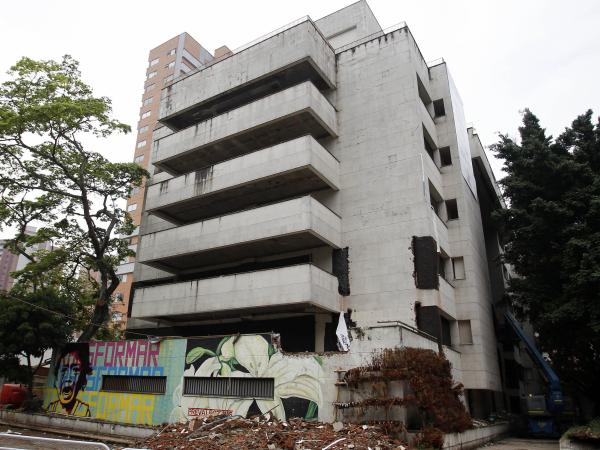The Monaco Building was one of Pablo Escobar’s properties, located in the Santa Maria de los Angeles neighborhood of Medellin. Built in 1970, the building represented the luxury and power of drug trafficking. It became the epicenter of his criminal emporium. With a design that included a heliport, swimming pool and extreme security measures that made it almost impenetrable.
The Monaco was one of the capo’s most beloved properties
The Monaco Building Attack
In the early morning of January 13, 1988, Medellín experienced one of the most shocking attacks in its history. A car with dynamite, belonging to the Cali Cartel, exploded in front of the Monaco Building with the aim of killing Pablo Escobar. The bomb destroyed a four-block radius, leaving three dead and at least ten wounded.
The Cali cartel’s bomb started the bloodiest war between cartels, and led Escobar to mark a new era.
The Fall of the Monaco Building and its Significance for Medellín
Despite the building’s age, over the years it became an attraction for “narcotourism”. Tourists from all over the world visited the Colombian drug lord’s building every day to hear stories about his criminal life.
Faced with this, the mayor of Medellín, Federico Gutiérrez, led an idea to eradicate the exaltation of Escobar.On February 22, 2019, the Monaco Building was demolished by a controlled implosion, a symbolic event.
Where was the Monaco Building left and what is now in its place?
The Monaco Building was located in the Santa Maria de los Angeles neighborhood, in Poblado, one of the most exclusive areas of Medellin.
After its demolition, a park was built in memory of victims of narcoterrorism, a park that aims to change the history of the city, highlighting resilience and rebirth.
Conclusion
Pablo Escobar’s Monaco Building symbolized the fall of one of the most dangerous criminals in history. The 1988 attack marked the beginning of violence, and its fall in 2019 represented the transformation of Medellín. A city that seeks to overcome its past and honor the memory of the victims.



